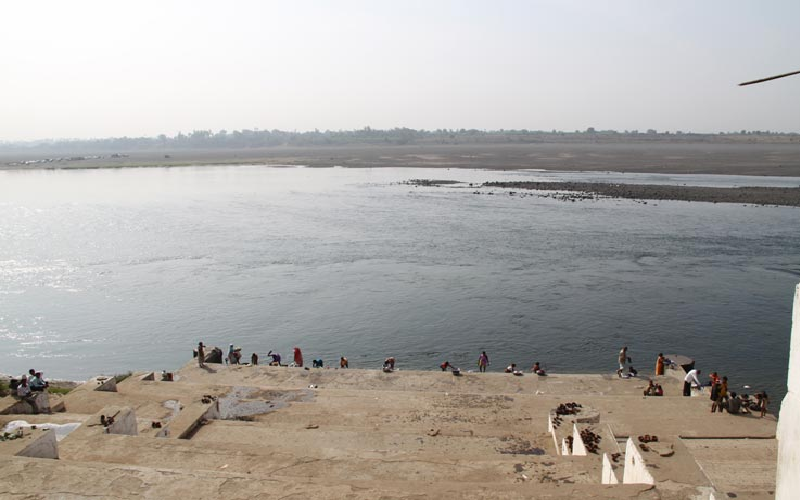Narmada in Gujarat needs ministration; Investigations reveal excess contents of pollutants within
Total Views |
Ahmedabad, April 16: Expressing deep concerns about survival and existence of the river Narmada and the said dependents in Gujarat, members of Vadodara based NGO named Paryavaran Suraksha Samiti have come up alleging the grave consequences for farmers, village residents and especially fisher folk.

"The river in its last 161 kms, empties in Gujarat’s Gulf of Khambhat just downstream of Bharuch. Instead of being a perennial river, Narmada has abide been converted into a seasonal one, is dry and carries seawater with some industrial pollutant. It contains untreated sewerage, has high chemical oxygen demand (COD), total dissolved solids (TDS) and low dissolved oxygen (DO) and the groundwater near it has deteriorated," stated the Samiti.
The said NGO, expressing the concern, wrote to a number of nodal agencies consisting of the Narmada Control Authority (NCA), the Union Ministry of Environment, Forest and Climate Change (MoEF & CC) and the Union Ministry of Water Resources (MoWR).
“Narmada has been killed. An irreversible situation had been reached, despite repeated complaints, despite assurances. It is a deliberate failure by the state. We will fight with legal means and take this matter to its logical conclusion”, said Rohit Prajapati, activist and member of Paryavaran Suraksha Samiti.
The non-profit also mentioned that it had carried out an investigation April 6, 2019, testing the water of the river between Nand village, upstream of Bharuch and Bhadbhut village downstream, just before the river estuary in the Gulf of Khambhat.
“Our present investigation reveals that the Government of Gujarat and the Ministry of Environment, Forests and Climate Change have grossly abdicated their responsibilities,” the letter read ahead.
The members of the study group also took a ground water sample near Nikora village, just 100 metres from the river bank. The sample was taken at 110 feet below the ground surface. It had a TDS of 1,610 mg/l. “This indicates sea ingress in the Narmada that does not have any fresh water in the river,” the letter noted.